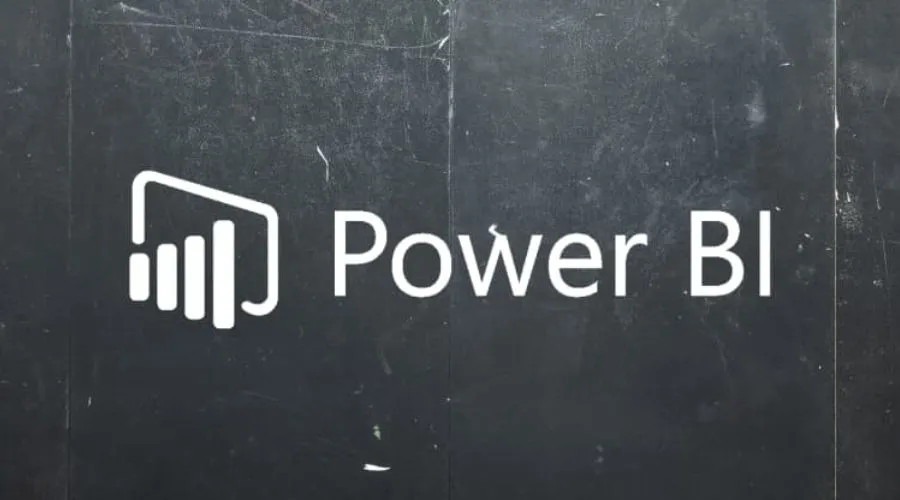Power BI Dashboard Examples are a great way to understand how to create engaging and informative dashboards using the Power BI tool. Power BI is a powerful data visualization tool that allows users to create custom dashboards and reports to help them better understand their data. There are several Power BI Dashboard Examples available on DataCamp, which can help users learn how to create effective dashboards.
Power BI Dashboard Examples demonstrate the versatility and power of the Power BI tool. By using these examples as a starting point, users can create custom dashboards and reports that meet their specific needs. Some of the key features of power bi financial dashboard examples that make it an effective tool for creating dashboards include its ability to connect to a wide variety of data sources, its intuitive drag-and-drop interface, and its powerful data modelling and visualization capabilities.
Power BI Dashboard Examples available on DataCamp
One of the Power BI Dashboard Examples available on DataCamp is the Sales Dashboard. This dashboard is designed to help users analyze sales data and identify trends and patterns in their sales data. The power bi sales dashboard examples include several charts and graphs, including a bar chart showing sales by product, a line chart showing sales by region, and a pie chart showing sales by category.
Another Power BI Dashboard Examples available on DataCamp is the Customer Satisfaction Dashboard. This dashboard is designed to help users track customer satisfaction metrics and identify areas for improvement. The dashboard includes several charts and graphs, including a stacked bar chart showing customer satisfaction rating by-product, a heat map showing customer satisfaction ratings by region, and a scatter plot showing the correlation between customer satisfaction and customer loyalty.
A third Power BI Dashboard Examples available on DataCamp is the Financial Dashboard. This dashboard is designed to help users track key financial metrics and identify areas for improvement. The dashboard includes several charts and graphs, including a line chart showing revenue over time, a pie chart showing expenses by category, and a bar chart showing profitability by product.
Features of Power BI Dashboard available on DataCamp
Power BI is a data visualization and business intelligence tool that allows users to analyze data and share insights. The Power BI Dashboard is an essential component of the Power BI platform that provides a consolidated view of data that enables users to monitor and manage data more effectively.
Customizable Layout:

Customizable Layout | Neonpolice
Power BI Dashboard allows users to customize the layout of the dashboard by adding or removing visuals, resizing visuals, and arranging visuals in a specific order. Users can also change the background colour, font size, and font style of the dashboard to match their branding.
Real-Time Data:
Power BI Dashboard provides real-time data that updates automatically as soon as new data becomes available. Users can set up data refresh schedules to ensure that the data is up to date.
Interactive Visualizations:
Power BI Dashboard provides interactive visualizations that enable users to explore the data in different ways. Users can interact with the visuals by clicking on them, zooming in and out, and filtering the data.
Collaboration:
Power BI Dashboard allows users to collaborate with other users by sharing the dashboard with them. Users can also add comments to the dashboard to provide feedback or ask questions.
Mobile Compatibility:

Mobile Compatibility | Neonpolice
Power BI Dashboard is compatible with mobile devices, allowing users to access the dashboard on the go. The dashboard automatically adjusts to fit the screen size of the device, making it easy to view and interact with the data.
Data Security:
Power BI Dashboard provides data security features that ensure that the data is secure and only accessible to authorized users. Users can set up access controls to restrict access to the data and use encryption to secure the data.
Integration with Other Tools:
Power BI Dashboard can be integrated with other tools such as Excel, SharePoint, and OneDrive. This enables users to import data from these tools and use them in their dashboards.
Benefits of Using Power BI Dashboard available on DataCamp

Benefits of Using Power BI Dashboard available on DataCamp | Neonpolice
Easy to Use:
Power BI dashboards available on DataCamp are easy to use. Users can create interactive dashboards using drag-and-drop interfaces, without the need for coding. This makes it easy for users with little or no programming experience to create professional-looking dashboards quickly. DataCamp provides a variety of tutorials and courses that help users to master Power BI dashboard creation.
Real-Time Monitoring:
Power BI dashboards available on DataCamp allow users to monitor data in real time. This means that users can make informed decisions based on up-to-date information. Real-time monitoring also allows users to identify potential issues quickly, such as a drop in website traffic or a decline in sales. By identifying issues early, users can take corrective action before they become bigger problems.
Customizable:
Power BI dashboards available on DataCamp are highly customizable. Users can choose from a variety of visualizations, such as charts, graphs, and maps, to display their data. They can also customize the colours, fonts, and labels used in their dashboards. Customization allows users to create dashboards that are tailored to their specific needs and preferences.
Collaboration:
Power BI dashboards available on DataCamp allow for collaboration. Users can share their dashboards with other team members or stakeholders. This allows everyone to have access to the same information, reducing the chances of miscommunication or misunderstandings. Collaborating on dashboards also encourages teamwork and fosters a sense of ownership among team members.
Mobile Access:
Power BI dashboards available on DataCamp are accessible on mobile devices. This means that users can monitor their data on the go, without being tied to a desktop computer. Mobile access also allows users to share their dashboards with stakeholders who may not be in the same location.
Conclusion
Power BI Dashboard Examples on DataCamp is a great way to learn how to create effective and engaging dashboards using the Power BI tool. Whether you are analyzing sales data, tracking customer satisfaction, or monitoring key financial metrics, Power BI can help you gain valuable insights from your data. By using these Power BI Dashboard Examples as a starting point, users can create custom dashboards that meet their specific needs and help them make data-driven decisions. For more information, visit Neonpolice.





